Flavor description of Costa Rican Mozart coffee beans introduction to the proportion of brewing water temperature of Mozart coffee
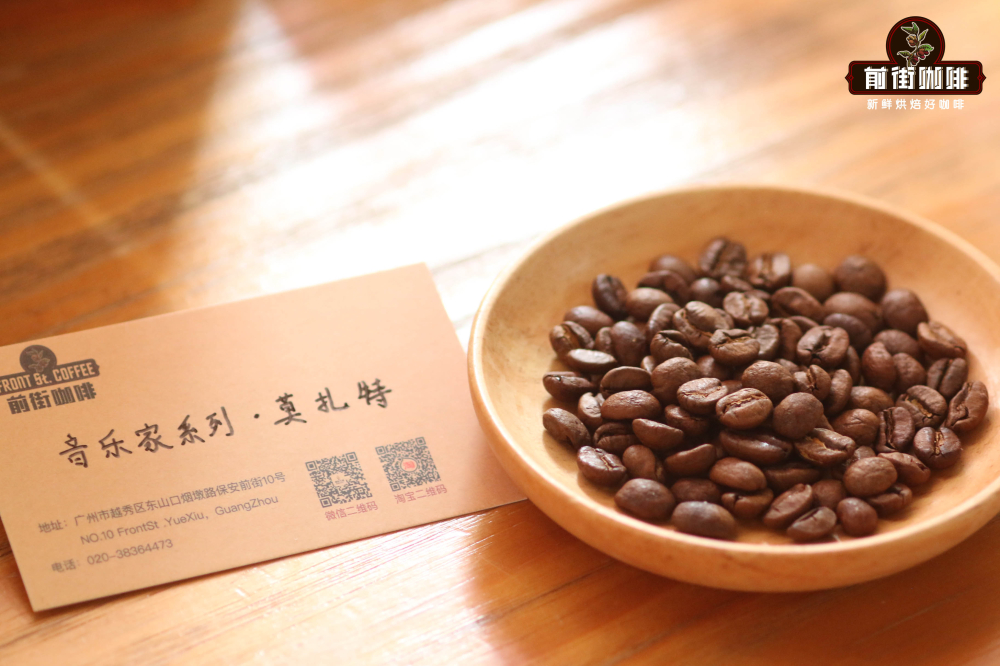
Costa Rica's Mozart coffee, as the classic representative of the musicians series, no matter by hand or ice drop extraction, the pleasant fragrance of flowers and clear and sweet preserved fruit flavor are very outstanding, amazing many coffee people. The front street of this article understands the characteristics of Mozart coffee from many aspects.
The Origin of the musician Series
The musicians series is produced at Finca Canet Manor in Costa Rica, located at the highest altitude in the well-known Tarazu producing area, which is also the densest area for growing all kinds of fruits in Costa Rica. Tarrazu is one of the most important coffee producing areas in Costa Rica, with the highest average latitude, excellent climatic conditions, fertile soil and good drainage. Tarazhu is recognized as the best coffee producing area in Costa Rica and has been favored and recognized.
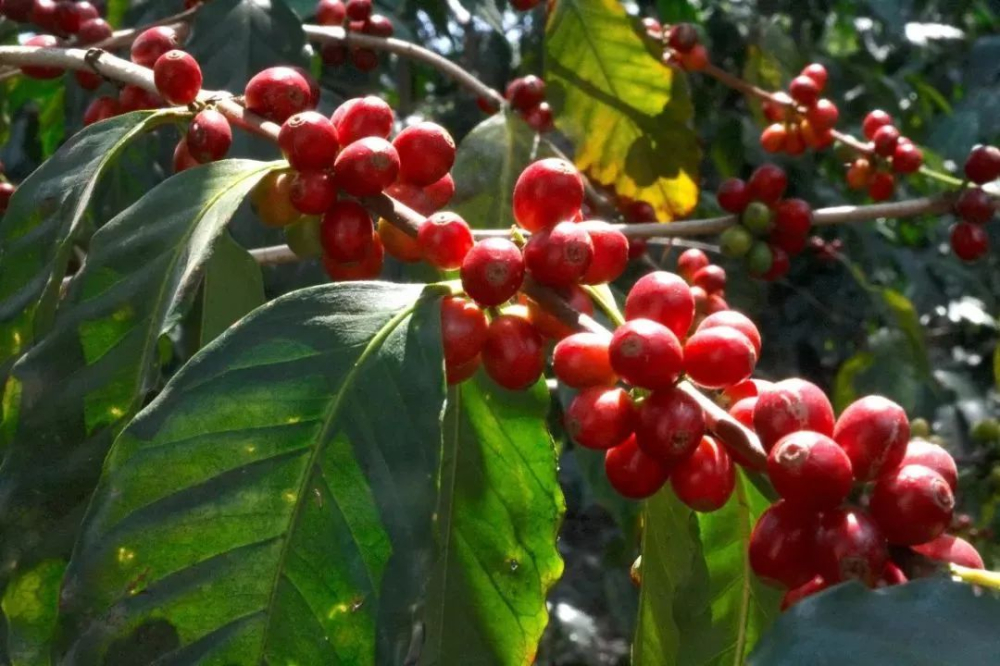
Carnett Manor is jointly run by three brother families, and coffee beans are mostly produced in the form of honey treatment, and now have more than a decade of coffee production experience. The manor mainly grows passion fruit and other fruits, and the coffee trees are managed in a characteristic area. during the coffee fruit ripening season in December, the owner of the manor arranges to pick coffee cherries and transport them to the nearby small water treatment plant (Beneficio) for processing.
Carnett owners love classical music and pursue romanticism, so the coffee beans produced in the manor are named after musicians, such as Bach, Beethoven, Mozart, Chopin and so on. The manor owner continues to delve into the selection and post-processing of coffee. High-quality coffee beans are treated with raisin honey with different degrees of pectin, and most of the coffee produced has good sweetness, consistency and thickness, similar to the ripe fruit flavor of bananas. coupled with borrowing the names of major musicians, it is easier to be remembered.

What is the difference between raisin honey treatment and honey treatment?
When it comes to treatment, the most common methods are washing, tanning and honey treatment. Sun drying is that the whole fruit is dehydrated and dried in the sun, and finally the shell is removed by machine, which is the simplest way; washing is the first to remove the exocarp and pulp by machine, and the residual pectin is naturally decomposed and fermented in water, and then dried manually, so the cost of washing is better; honey treatment can be said to neutralize the above two, peeling and retaining various degrees of pectin for fermentation treatment, also known as half-sun / half-water washing.
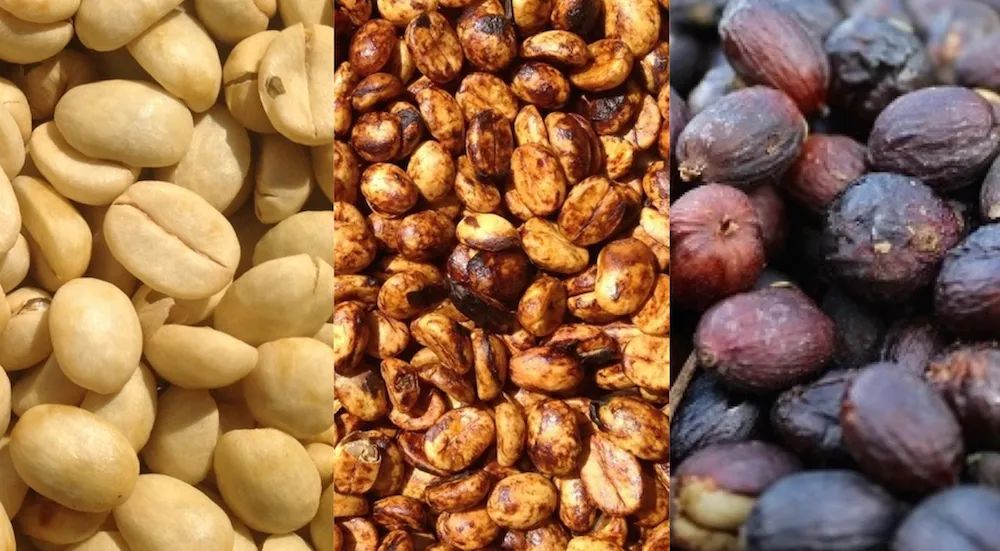
When producers use honey treatment, they first pour the fresh coffee fruit into the sink through flotation to remove the undermature fruit and impurities, and then use a peeling machine to plane off the outermost layer of the fruit. Different from the water washing method, the fresh coffee fruit does not rinse with a lot of water to remove the pectin, but retain the pectin and dry it. Because there is sugar in pectin, the state is sticky, it is easy to remind people of honey, so it is named honey treatment. The coffee treated with honey generally shows full tropical fruit flavor and sweet fermentation on the cup test, and the overall taste is fresh and sour.
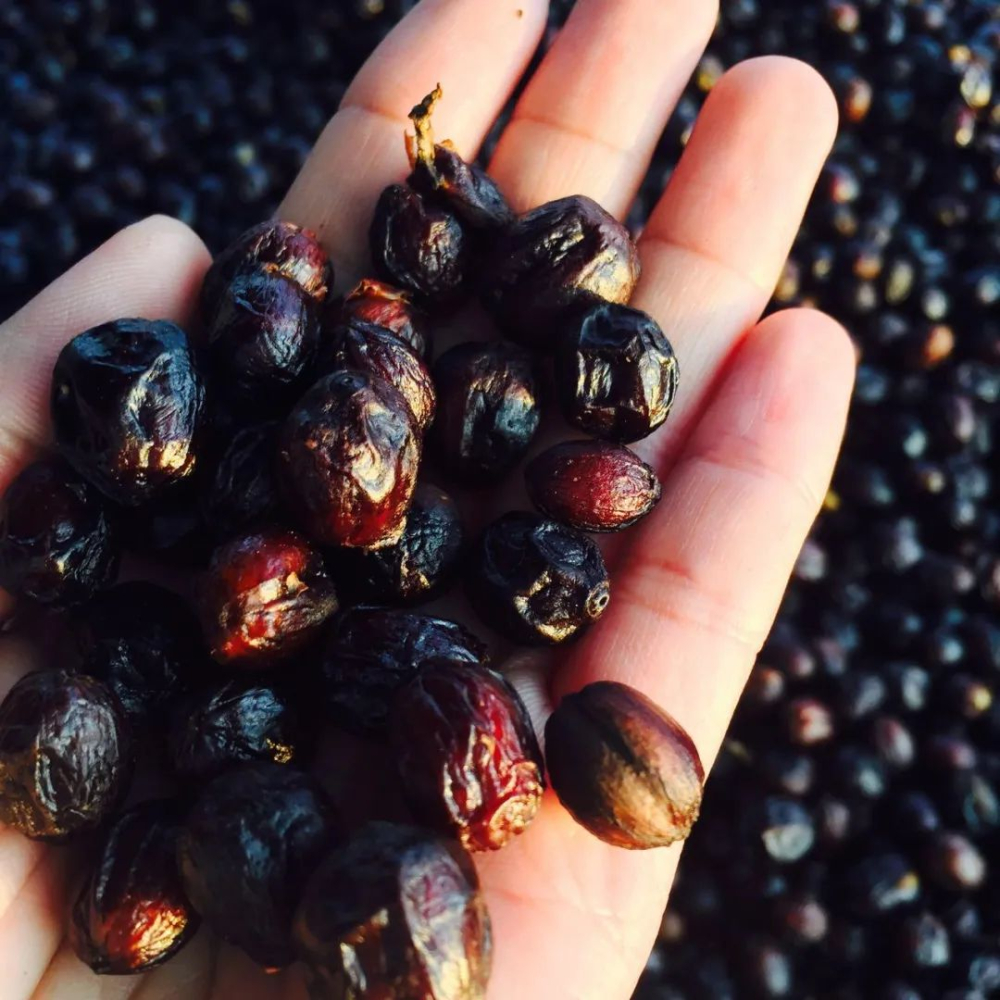
On the other hand, the treatment of raisin honey is a combination of sun exposure and honey treatment. after removing the defects of the flotation red fruit, the whole coffee fruit (anaerobic / aerobic environment) will be dried up like a raisin, and the fresh fruit will change from bright red to purplish black. Then use a machine to peel off the peel, retain various degrees of pectin, and enter the second stage of honey treatment and fermentation. At this time, we need to carefully control the fermentation time, too fast will easily lead to incomplete development of flavor, too slow will face excessive fermentation, the treatment method will be more difficult. Each fermentation needs to be combined with technology and experience, and needs to be adjusted according to temperature, sunlight, humidity and weather. Double pectin fermentation adds more fruit flavor to coffee, if the wine is as clear and sweet as wine, and balances the acidity.
On baking, Qianjie wants to retain more fruit acidity and floral flavor, so it is adjusted to medium-light baking. Through the cup test, the dry aroma of Mozart coffee is rich with aromas of sweet-scented osmanthus and preserved fruit. After injecting hot water, you can smell dark fruits such as grapes and berries. The entrance is the flavor of sweet orange, raisins and berries, as well as a slight sense of fermentation. After swallowing, you can feel the aroma of rose tea in the mouth.
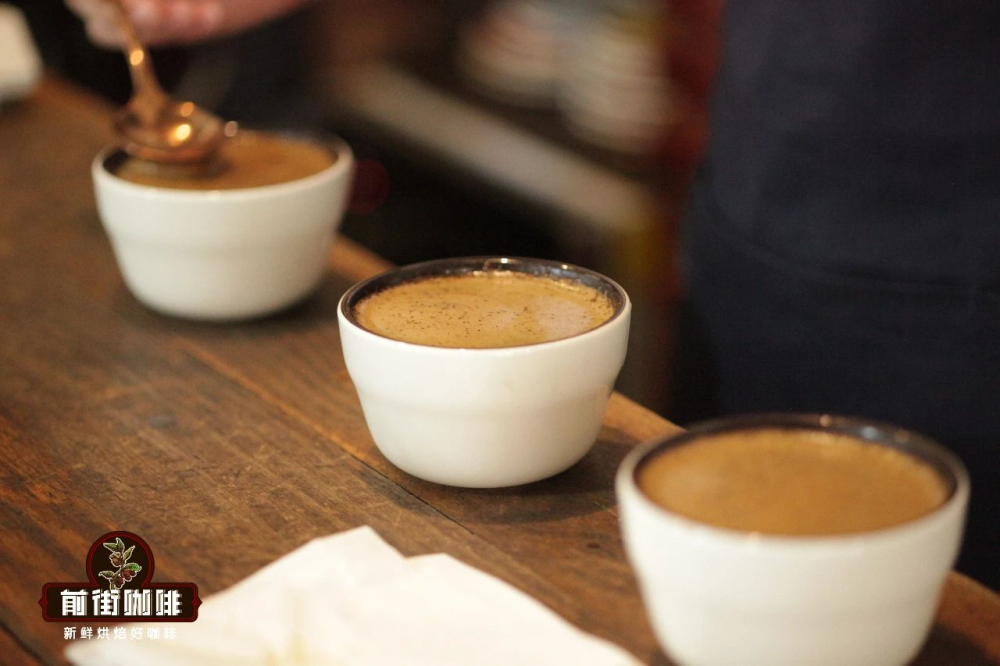
How to get out of the sweet flavor of Mozart coffee?
Although the aroma of Mozart coffee is very rich in the cup test, Qianjie believes that it still needs to pay attention to some details in order to make it taste good. Among the cooking parameters, water temperature and grinding degree are very important.
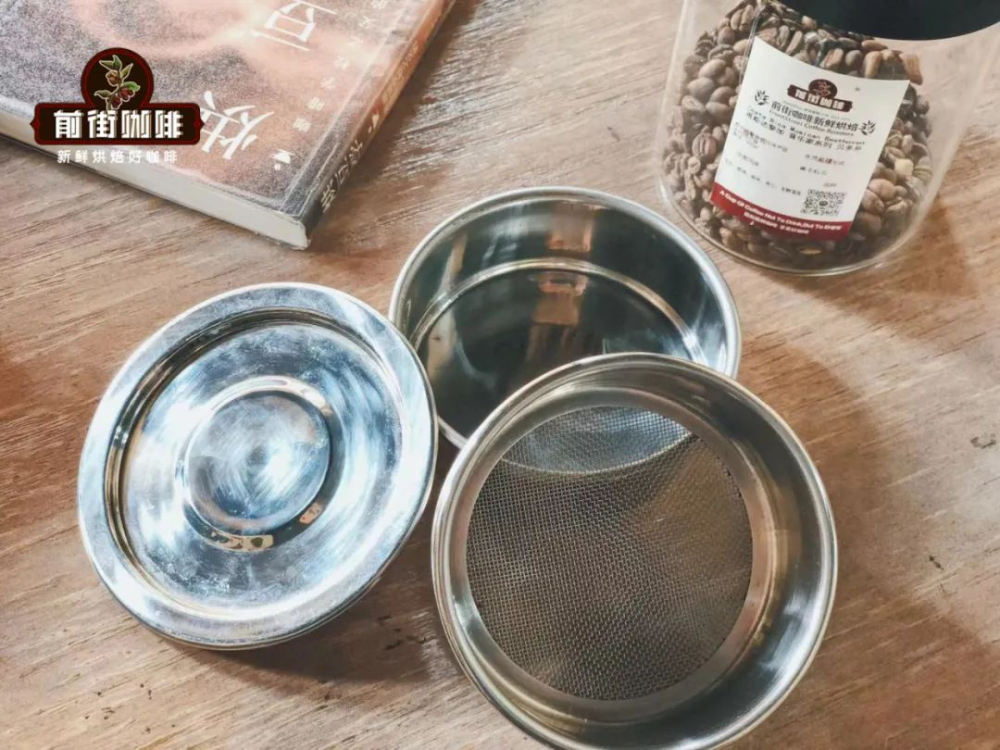
A tool is used to adjust the grinding degree in the front street-China 20 0.85mm standard sieve. The screening rate of medium and shallow roasted coffee beans in front street is always 75%, while that of medium and deep roasted coffee beans is 70%. Here Costa Rican Mozart coffee beans using the way of anaerobic fermentation, coffee beans become looser, water absorption effect is better, water through the coffee powder for a shorter time, so it is easy to lead to insufficient extraction, so Qianjie will be fine grinding degree, stores use EK43s bean grinder scale of 9.2-9.5.
Water temperature and grinding degree play a similar role. The higher the water temperature, the higher the extraction efficiency of coffee, the easier it is to release various substances, and the higher the concentration is. If you use hot water that is close to boiling, it is easy to extract unpleasant bitter substances. Therefore, the front street of medium and deep roasted coffee beans is recommended to choose 87-90 ℃, while light-roasted coffee needs higher water temperature to stimulate aroma, so 91-93 ℃ is used. Qianjie recommends that you brew Mozart with 90 ℃. This coffee tends to be calm and round, and if you use water at too high temperature, it is easy to release thick bitterness, thus masking all kinds of fruity flowers.
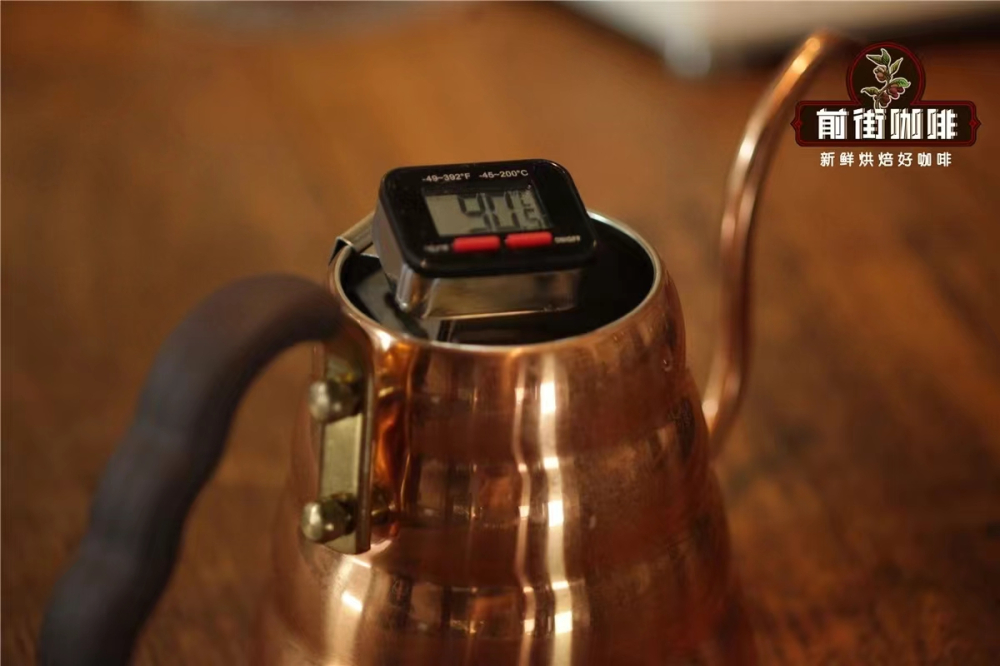
The amount of brewing powder is still 15g, and the ratio of powder to water is 1:15, and the moderate concentration is more beneficial to feel the various flavors of Mozart coffee.
Three-stage water injection:
First put the folded filter paper in the filter cup and wet it with water to better fit the filter cup. Prepare the hot water and the thermometer, and pour 15 grams of ground coffee powder into the filter cup to clear the weight of the electronic scale.

The first stage is injected with 30g water for steaming for 30 seconds, and the timing starts at the same time when the water is injected, and the injection at the center of the small flow begins to circle outward, paying attention to the need to moisten the whole powder layer. At this time, you can see the coffee powder forming a drum bag in the exhaust.
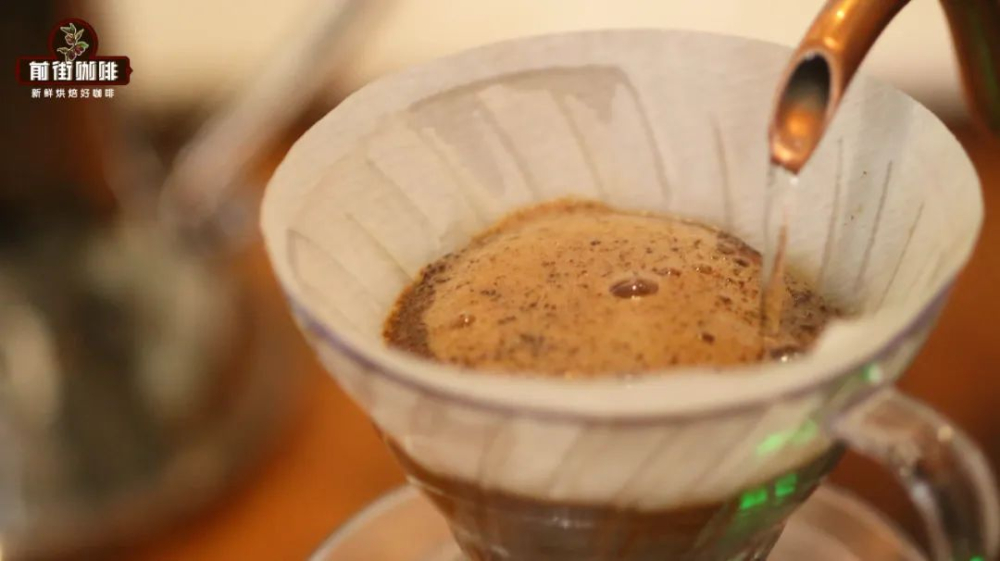
30 seconds later, the second section of 100g water is also injected with a steady flow, in order to raise the entire powder layer, and the water column needs to be injected vertically and evenly, and the chronograph shows 130g, which is finished in about 55 seconds.
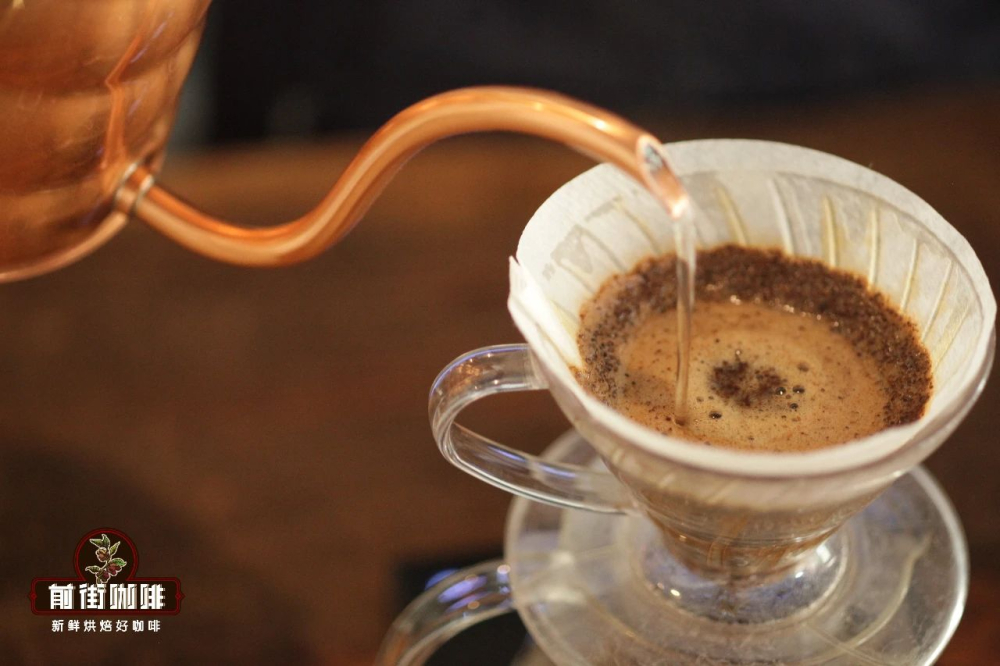
When the liquid level drops to the position where the powder bed is about to be exposed, begin to use a small flow around the small circle to inject 95 grams into the third section, try to control the flow of water not to be too large, and the coffee liquid level should not exceed the powder wall formed by the accumulation of the second section as far as possible. easy to let the water flow down along the filter paper, resulting in insufficient extraction.
The final amount of water injection is 225 grams, and the completion time of drip filtration is about 1 minute and 50 seconds. After removing the filter cup, shake the coffee liquid in the sharing pot and start tasting.
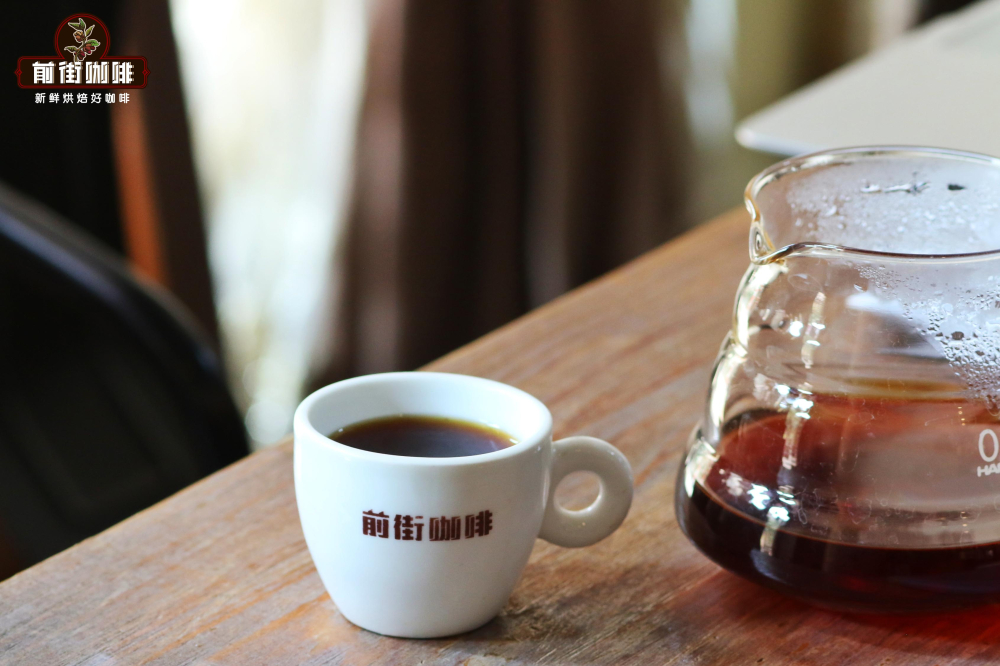
Professional coffee knowledge exchange more coffee bean information please follow the coffee workshop (Wechat official account cafe_style)
For more boutique coffee beans, please add private Qianjie coffee on Wechat. WeChat account: qjcoffeex
Important Notice :
前街咖啡 FrontStreet Coffee has moved to new addredd:
FrontStreet Coffee Address: 315,Donghua East Road,GuangZhou
Tel:020 38364473
- Prev

Taste of Costa Rican coffee black honey introduction to the characteristics of Costa Rica black honey
Professional coffee knowledge exchange more coffee bean information please follow the coffee workshop (Wechat official account cafe_style) front street Costa Rica boulder black honey flavor introduction Costa Rica through honey-treated coffee beans, has won the recognition of coffee gluttons, but it is also related to Costa Rica's superior geographical and climatic conditions, and the coffee varieties planted have all chosen Arabica.
- Next

Yega Chuefei Baking Curve Coffee Bean Baking Curve how to Bake Yega Chevy Coffee beans
Professional coffee knowledge exchange more coffee bean information please follow the coffee workshop (Wechat official account cafe_style) Yega Xuefei in the first baking, the bean temperature is relatively high, before the coffee bean dehydration and yellowing, use 160firepower to ensure that there are enough calories to last to the first explosion, directly develop to the second explosion, determine the development in the second, third, fourth baking, the same into the beans
Related
- Beginners will see the "Coffee pull flower" guide!
- What is the difference between ice blog purified milk and ordinary milk coffee?
- Why is the Philippines the largest producer of crops in Liberia?
- For coffee extraction, should the fine powder be retained?
- How does extracted espresso fill pressed powder? How much strength does it take to press the powder?
- How to make jasmine cold extract coffee? Is the jasmine + latte good?
- Will this little toy really make the coffee taste better? How does Lily Drip affect coffee extraction?
- Will the action of slapping the filter cup also affect coffee extraction?
- What's the difference between powder-to-water ratio and powder-to-liquid ratio?
- What is the Ethiopian local species? What does it have to do with Heirloom native species?

